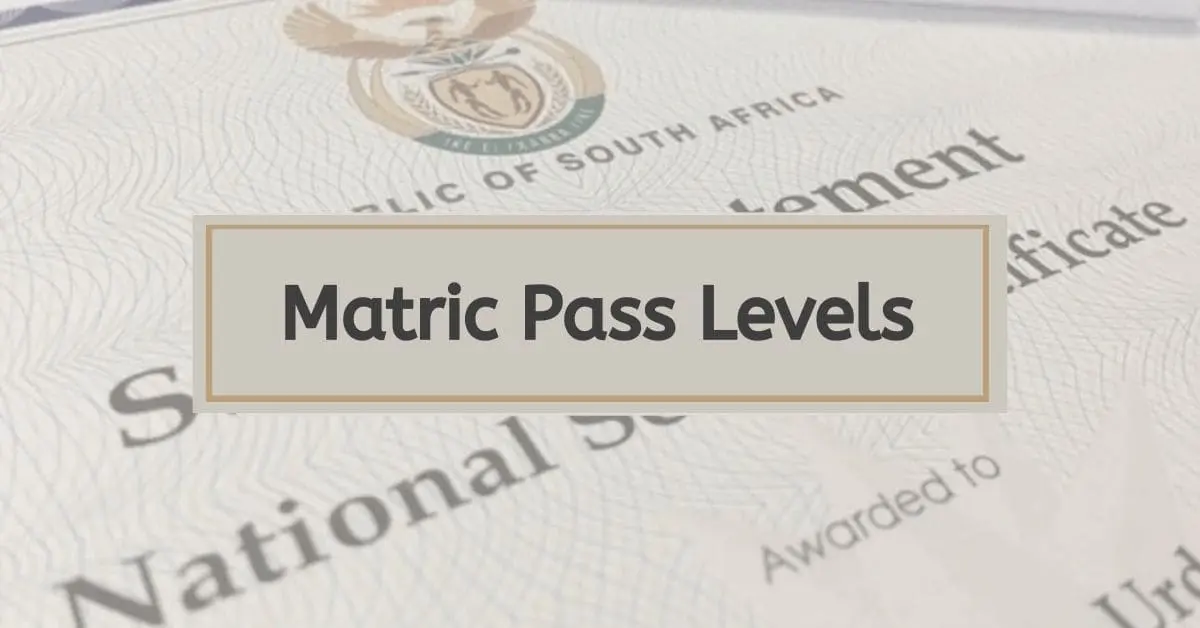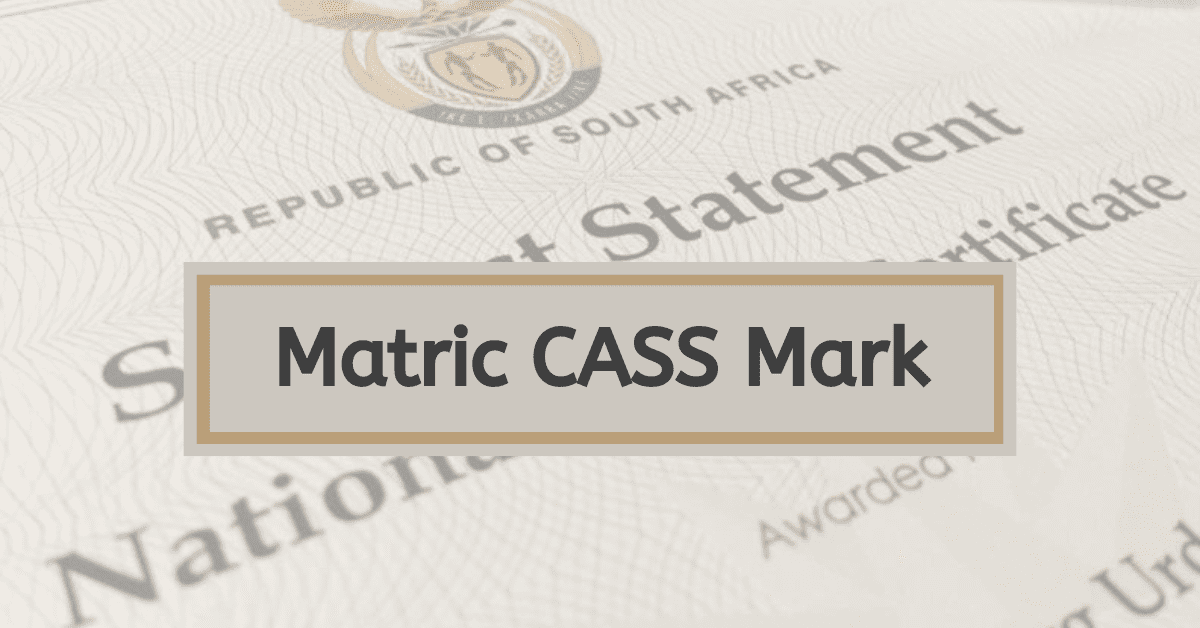Waiting for your matric results can be a very scary time in your life. You’ve put in all the work, done your very best, and now you can do nothing but wait and see what results your reap. Understanding more about how matric results are calculated, what goes into them, and what it will mean for your final result can make this time a lot less scary, so we’ve compiled this easy guide to matric result calculations to help you better understand the process.
How are Matric Results Calculated?
Matric results are calculated based on two separate percentage scores. 75% of your mark will come from your results in your final examination. The remaining 25% will be based on your work throughout your final year at school- so an aggregate of things like your June examinations, portfolios you submit, and other factors.
Knowing how your marks are calculated can also be very useful in deciding if it is worth applying for a remark on one of your matric papers. If your results seem to be very out-of-line with your progress so far, you can submit a request for a remark and an independent professional will recheck the paper, making sure that there hasn’t been an administration error or other issue that has affected your marks.
While it is very common for people to fixate on the overall pass mark you receive, remember that it is more complex than that- you must achieve specific benchmarks in each subject, can only outright fail one subject, and for the higher passes, must have ‘high-credit’ subjects on your matric schedule (such as Mathematics instead of Math Literacy). You cannot pass matric with less than 6 subjects.
What Percentage Do I Need to Pass Matric?
There’s a common misconception in South Africa that you need ‘30%’ to pass matric. This is not actually true- there are pass stipulations that must be considered. To pass matric with the bare minimum qualification possible, you must:
- Pass your home language and two other subjects at 40%
- Pass at least three other subjects with a minimum of 30%
- You can only fail one subject and cannot get less than 20% for the failed subject
Averaged out, this actually equates to a 35% average pass rate, but it is better to approach it as a per subject rating, remembering you need to pass 6 subjects at minimum and cannot score lower than 20% on a single failed subject.
How Many Subjects Do You Need to Pass Matric with Bachelor?
The Bachelor’s Pass for matric is the highest way to pass matric. Its minimum requirements are:
- 50% or more in 4 ‘high credit’ subjects
- 30% or more in 2 more subjects
- 40% or more for your home language
In total, this means you must pass 7 subjects to pass matric with Bachelor’s including your home language and with at least 4 of them qualifying as ‘high credit’ subjects.
How Do You Calculate Overall Matric Marks?
It will be very difficult for you, as the student, to calculate the overall matric marks. As we already mentioned, the core of your matric results comes from two weightings- 25% is your SBA, or School Based Assessment, a reflection on your academic performance through your final year of study. The remaining 75% comes from your final examination results.
However, the exact way your school will divide your marks to arrive at your SBA can differ. Additionally, the different exam papers you write for each subject may not all be weighted equally, and some may be ‘more important’ in determining your final exam result than others. However, by constantly trying your best, and keeping an overall eye on the results you receive, you can get a very good general sense of where your final results should lie. If you receive a subject mark vastly different from your (reasonable) expectations, it may be worth asking for a remark to see if there has been an administration error of some kind. Barring exceptional circumstances, it would be very unusual for a straight A student to suddenly fall four grade levels, or fail, for example.
How Do You Calculate the Final Grade for Each Subject?
Overall, final grades are calculated in percentages. If every paper you write is weighted equally, you can get the final overall grade for the subject by adding up the percentage received in every exam, and dividing by the number of papers. For example, if you wrote 4 papers for a subject, and received 75%, 70%, 80%, and 72%, your final grade will be (75+70+80+72)/4, or 74.25%, which will typically give you 74% when rounded. However, as we’ve mentioned, the different weightings at play in the matric result calculation can make this tricky- it’s a good rule of thumb to remember, however, and can help you get a baseline idea of your average marks.
While the calculation of matric results is a complex thing, hopefully, you now understand more about how it is done, and how to get an idea of your marks based on your performance so far.














